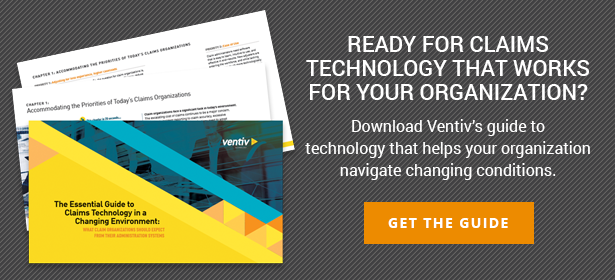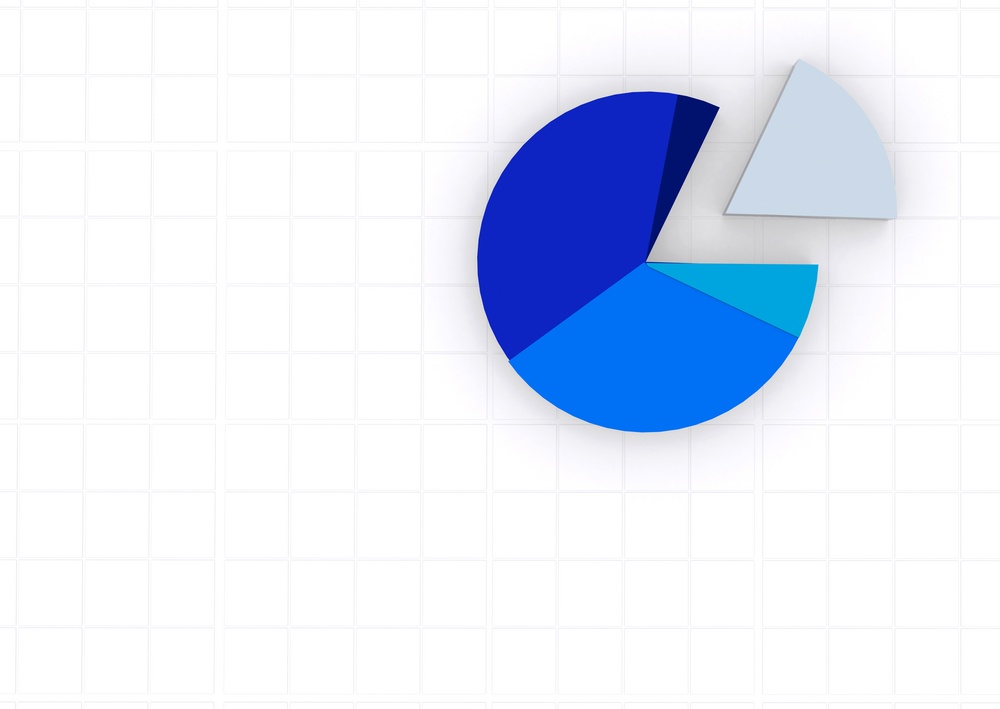 Are your claims adjusters overwhelmed with current data yet unable to see any trends or analytics for current claims? Does your infrastructure allow for consumption of large amounts of historical data to be used to provide key insights into claim activities, safety initiatives, and risk programs?
Are your claims adjusters overwhelmed with current data yet unable to see any trends or analytics for current claims? Does your infrastructure allow for consumption of large amounts of historical data to be used to provide key insights into claim activities, safety initiatives, and risk programs?
Claim adjusters need to handle large caseloads and contend with numerous issues each day. Without the proper tools, seemingly routine claims can cause major headaches for adjusters and impact an organization’s bottom line. Taking a proactive approach through analytics and reporting tools, organizations can better manage resources, claims, and vendors.
The best of the current risk analytics and risk reporting tools make it easy for adjusters to eliminate inefficiencies, waste, and over-payments to claimants. These tools empower adjusters to become experts on reducing costs, providing superior service, and promoting optimal outcomes. These tools get the right data to the right people in the right time-frame. And this is not static data and burdensome reports, but rather actionable, real-time data.
Take Control of Your Claims
Like what you're reading?
|
Claims are complex. If not managed effectively, claims can be costly and time-consuming to an organization. Unnecessary medical treatments, fraud, and underlying medical conditions are just a few of the warning signs to look out for in a claim. Adjusters, therefore, need to quickly analyze large amounts of historical data to accurately pinpoint and investigate each claim accordingly.
Early identification and intervention of “jumper” claims through analytic tools can ensure organizations remain proactive and meet the needs of each client while delivering a cost-effective operation.
Robust claim systems that allow for customized reporting and dashboard configuration, in addition to consumption of substantial amounts of historical data, can help adjusters engage in early intervention, formulate accurate reserves, and manage more cases. Ultimately, this leads to quicker and more accurate decisions, reducing the exposure of your claim organization.
More Efficient, Greater Insight, Better Results
Highly customized reports and dashboards empower adjusters to analyze large amounts of historical data to help claim organizations contain costs, optimize resources, and improve efficiency across the board.
Data needs to be captured throughout the life of a claim, from the initial injury report right through to settlement. Claims management systems should enable adjusters to quickly upload, retrieve, retain, email, and print associated files. There are often multiple documents and records linked to a claim. That’s why Ventiv’s iVOS 5, for example, is designed to be configurable, which means adjusters can deal with data and records in an efficient manner that is best suited for each claim organization.
Claim system tools can change the way adjusters handle claims. Ad-hoc queries, customizable reports, graphs, charts, and especially the enhanced intuitive dashboards allow adjusters to reduce time wasted on data analysis and instead focus on outcomes and high-quality service.
Reporting and Analysis Made Easy
Today’s analytics and reporting capabilities make claim processing faster, easier, more cost-effective, and more efficient. Indeed, claim organizations should expect better service and significant savings as a result. For example, Ventiv’s iVOS 5 has the following features that improve ease of use as well as outcomes.
- An integrated drag-and-drop reporting dashboard enables users to build pages, providing a greater level of customization.
- Dynamic and intuitive dashboards enable adjusters to run root-cause analyses; identify claims that may need further investigation; formulate corrective actions; and make recommendations for improved outcomes.
- Real-time data feedback ensures compliance is always met as missing or incorrect data can be flagged before it is sent to the jurisdiction.
- Track safety improvements.
- Trends and changes in productivity are easy to see and understand.
- Toolsets can be self-configured easily to reflect industry best practices.








 Are your claims adjusters overwhelmed with current data yet unable to see any trends or analytics for current claims? Does your infrastructure allow for consumption of large amounts of historical data to be used to provide key insights into claim activities, safety initiatives, and risk programs?
Are your claims adjusters overwhelmed with current data yet unable to see any trends or analytics for current claims? Does your infrastructure allow for consumption of large amounts of historical data to be used to provide key insights into claim activities, safety initiatives, and risk programs?



